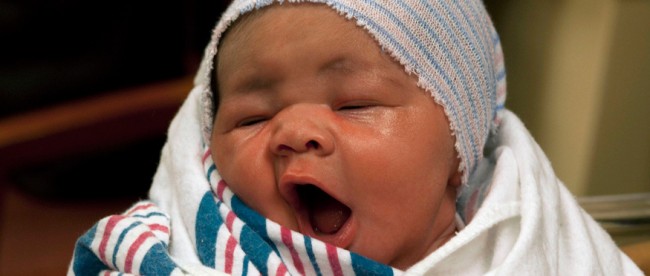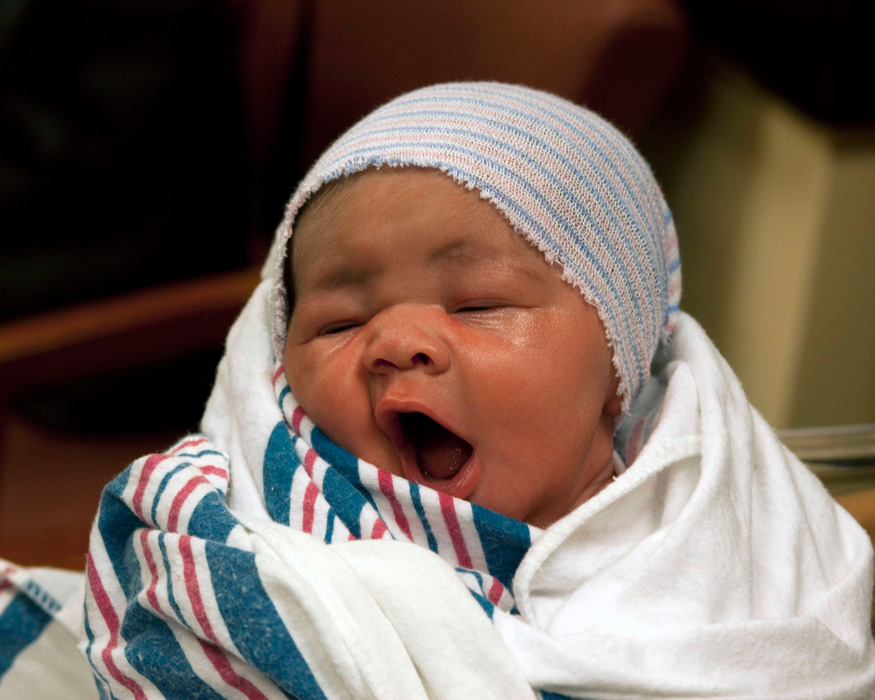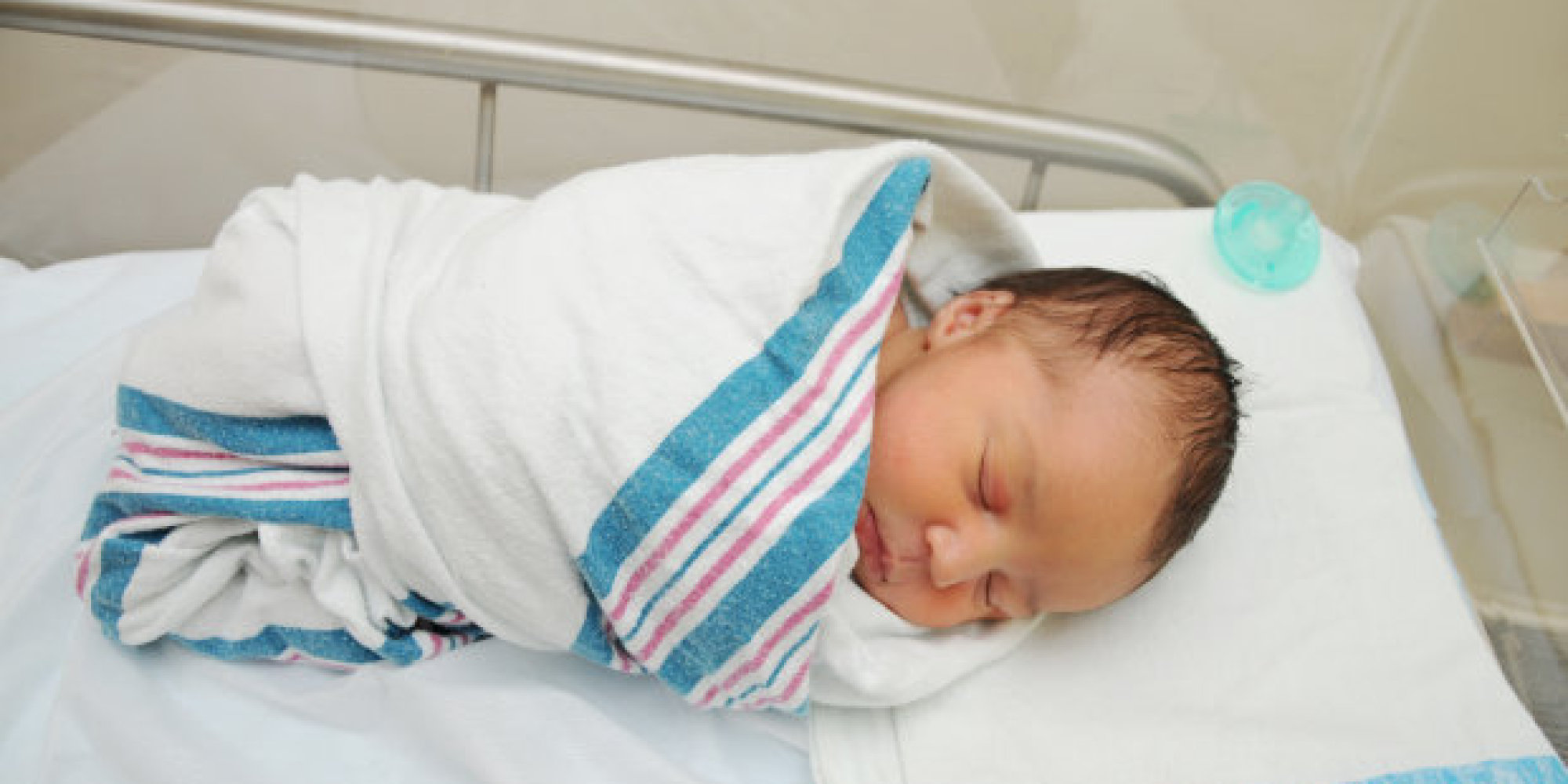Blanketing the Materinity Wards

Take a few minutes, go to Google, type in “baby in hospital blanket,” and click the “Images” tab. Or — let’s make it easy — just click here. No, wait, let’s make it even easier: here are some representative images from that search query.



Notice anything? It’s pretty obvious: the blankets are all the same.
Those are Kuddle-Up-brand baby blankets. They retail for about $4 to $5/each but hospitals get them at about half that. And it really doesn’t matter which hospital you give birth in, at least if you’re in the United States. With one notable exception — the Kaiser Permanente hospital system doesn’t use them — your baby is going very likely to be wrapped in one of these white blankets with alternating blue and pink stripes. No need to take my word for it; in the summer of 2011, NPR asked listeners to send in photos of their kids in the Kuddle-Ups — and they received “close to 2,000 photos, from almost every state in the U.S.”
What makes the blankets so ubiquitous? That’s hard to say, but in 2014, Quartz explored the question. In the 1950s, Quartz reports, “receiving blankets were usually made from dull beige cloth.” But a textiles entrepreneur named A.L. Mills decided to change that, offering a more attractive option that we now use today. There’s nothing special about the Kuddle-Up blanket except for the more aesthetic design (back then) and its familiarity (now) — it’s probably not any more comfortable, for example. But the design has persisted. Why? Quartz believes that Mills and company were the beneficiaries of fantastic timing. Per Quartz, “In 1950, 88% of all births were in hospitals (the figure is now 99%). Just 10 years earlier, only 56% of births took place there; the rest were mostly at home or in birthing centers.” Basically, at around the time everyone started giving birth in the hospital, Kuddle-Ups entered the market — and the lives of generations of recent parents.
And of course, the sentimental value of the blankets is hard to overstate. In general, parents are supposed to go home with the baby but leave the blanket behind — the blankets get washed and reused for the next newborn. But as What To Expect quips, many parents decide to retain the blanket as a keepsake: “we can all agree that this blanket is a memory and token you want to cherish — it is the first thing your babe was wrapped in after all!”
Bonus fact: Jimmy Carter, born on October 1, 1924, was the first President born in a hospital.
From the Archives: Children of the Box: In Finland, babies come with more than just a blanket (and it’s probably a great way to keep babies safe, too).
Related: The Kuddle-Up blanket — a four-pack for $16 plus shipping. (You can probably get one cheaper if you just take it home with you from the maternity ward, but that requires having a baby.)
